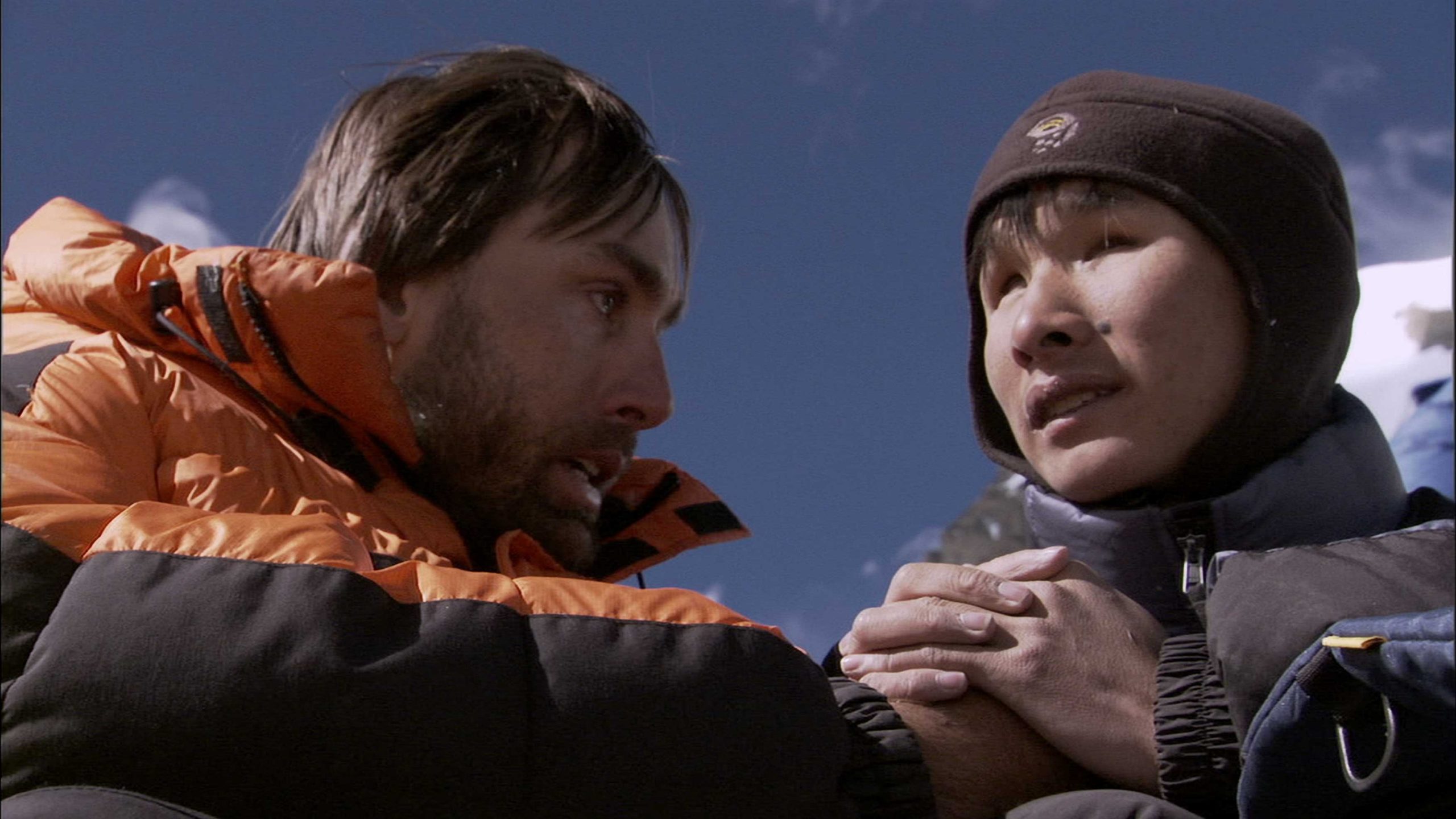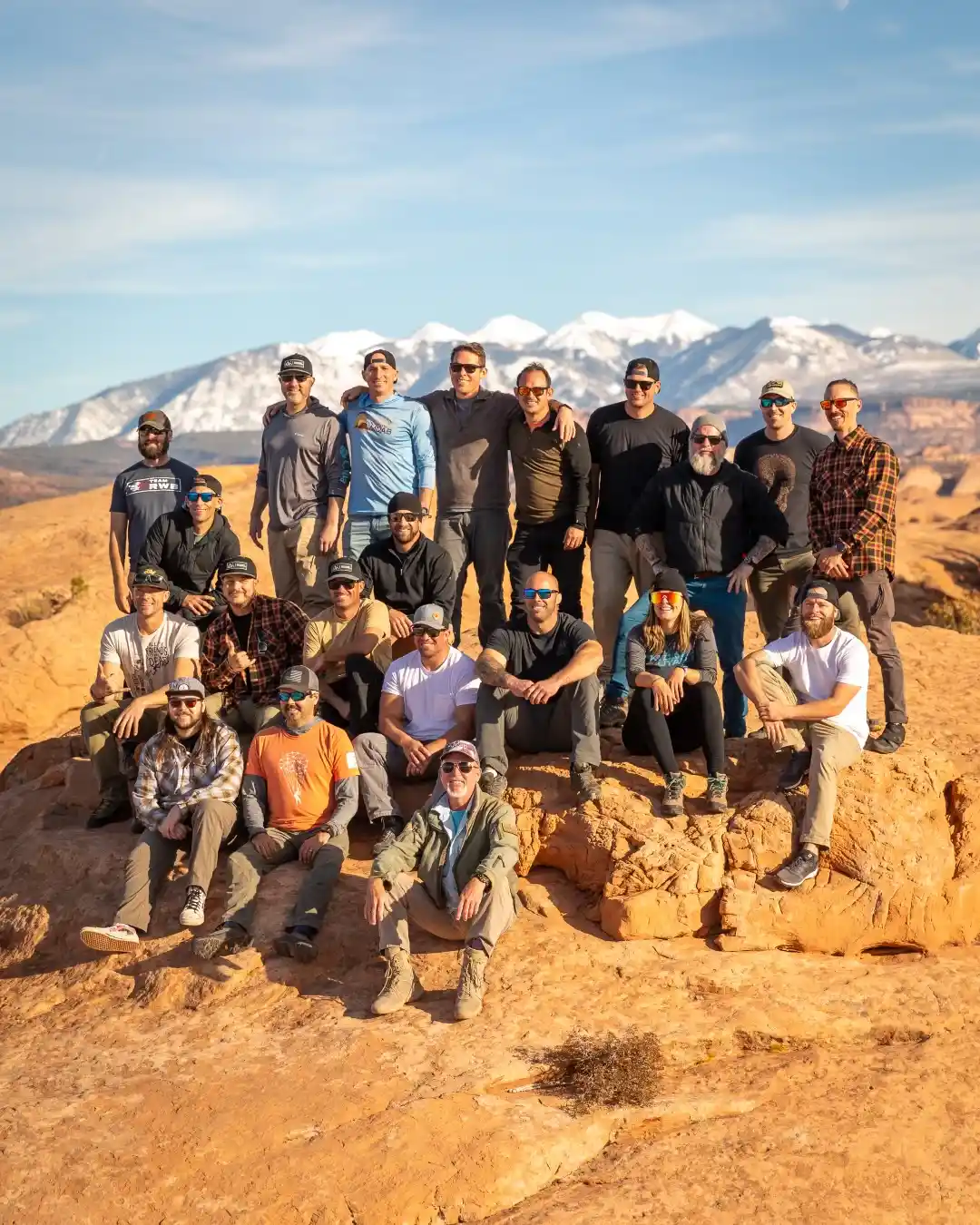Set against the breathtaking backdrop of the Himalayas, “Blindsight” follows the gripping adventure of six Tibetan teenagers who set out to climb the 23,000-foot Lhakpa Ri on the north side of Mount Everest. The dangerous journey soon becomes a seemingly impossible challenge — made all the more remarkable by the fact that the teenagers are blind.
The free screening of “Blindsight” is sponsored by the Utah Film Circuit: Moab, an initiative of the Grand County Public Library and the Utah Film Center. The monthly screening series feature the best dramatic and documentary films from around the world.
Believed by many Tibetans to be possessed by demons, blind children are shunned by their parents, scorned by their villages and rejected by society. Rescued by Sabriye Tenberken, a blind educator and adventurer who established the first and only school for the blind in Tibet, the students invite the famous blind mountain climber Erik Weihenmayer to visit their school after learning about his conquest of Everest. Weihenmayer arrives in Lhasa and inspires Tenberken and her students Kyila, Sonam Bhumtso, Tashi, Gyenshen, Dachung and Tenzin to let him lead them higher than they have ever been before. The resulting three-week journey is beyond anything any of them could have predicted.
The idea for the film came from Weihenmayer. He was put in contact with film producer Sybil Robson Orr by producer Steven Haft. He thought this story would likely resonate with her because of her interest in Tibet and mountain climbing. It only took one meeting with Weihenmayer before she decided to make the film.
“Erik told me climbing mountains gave him confidence as a blind teenager and he wanted to share that experience with these blind Tibetan kids. He asked me if I thought taking six blind Tibetan teenagers up a 23,000-foot mountain in the Himalayas sounded like a movie. I told him it did and decided to make it,” Robson-Orr said.
On May 25, 2001, Erik Weihenmayer became the first blind man in history to reach the summit of Mount Everest, the world’s highest peak. And on September 5, 2002, when he stood on top of Mt. Kosciusko in Australia, Weihenmayer completed his 7-year quest to climb the Seven Summits – the highest mountains on each of the seven continents, joining only 150 mountaineers ever to do so, all of them sighted.
Shortly after losing his sight at the age of twelve, Erik lost his mother in a tragic car accident. In an effort to strengthen the family during this difficult time, Erik’s father, an ex-Marine, took his three teenage sons on climbing trips to the far reaches of the globe including South America, India and Nepal.
While awkward at first, Erik persevered and has emerged today as one of the most respected athletes in the world. In addition to climbing, Erik is also an acrobatic skydiver, long distance cyclist, snow skier, para-glider and marathon runner.
Blind since the age of 12, Sabriye was raised with the belief that blindness was more a personality trait than a disability. The result is a woman who has transformed attitudes about the blind in some of the most far-reaching places on the planet.
Sabriye decided to study Tibetology at Bonn University after a curator allowed her to touch Tibetan artifacts in a travelling exhibition. After enrolling, she soon discovered there was no Braille text for the Tibetan language, so she created one herself in order to continue her studies.
Determined to share the Braille text with the people of Tibet, she was initially met with hesitation from the Chinese authorities because of her blindness and the difficulties they thought she would experience in Tibet. Most Tibetans believe that blind people are possessed by demons or have done something horribly wrong in their past life.
Sabriye persevered, travelling to Lhasa in 1997. She found a local Tibetan woman to accompany her on horseback through the frozen Himalayas to find blind kids to attend a school she was setting up for them. She found children who had been shunned by their parents, spurned by their villages, hidden away and tied to beds in dark rooms for years, some of them had never been taught to walk. After nine years, the first of her students are graduating, establishing businesses and becoming the principal breadwinners for their families.
“Sabriye herself knew that blind people can do anything they put their minds to, and Erik provided the perfect example for her to instill this in her students – once she had convinced them that it was true. Then they were so overjoyed that Sabriye wrote to Erik to tell him about it. When Erik received the letter he said he “felt like a coward” in comparison to what Sabriye had achieved, and resolved to visit – and then the idea for a climbing expedition was born, as we see in the film,” Robson-Orr said.




![Santa at City Market [2024]](https://moabsunnews.com/wp-content/uploads/2024/12/IMG_0052.jpeg)
